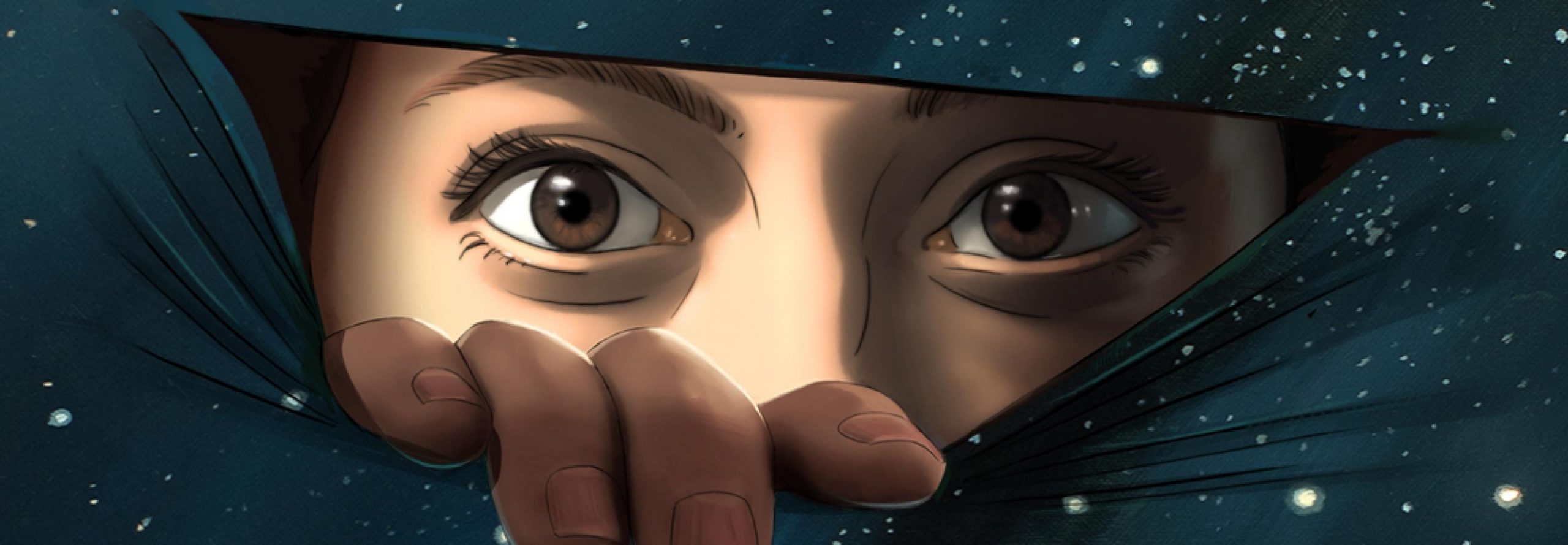animation
Animation
What is animation?
Animation is the display of sequential images, drawings, or photographs of inanimate objects created to mimic the movement of the real world. An animation depicts inanimate paintings or objects in real-world animation, and is mostly used to make cartoons, TV commercials, and live-action combinations in movies. What is?…
Examples of Pooya Art animation
Animation
video clip
video clip
Madaen Animation(3D)
video clip
Types of animations
Animation is a technique for adding motion to an image or inanimate object. Here are four key pointers in moving animation:
Traditional animation
The process used to make most animated films was in the twentieth century. A traditional animated film is a drawing drawn on paper and photographed. To create the impression of movement, each painting is slightly different from the previous one. The animators’ drawings are drawn or photocopied on transparent acetate paper called talc, which they color with the specified colors or shades.
One by one, the characters are completed in front of a colored background using a special camera called a rostrum camera and placed on motion picture. Each frame is created individually and then executed in sequence to move. This method is one of the oldest of its kind and due to its high cost and long construction time, animators have developed newer methods.
Two-dimensional animation
Two-dimensional animation images are created or edited on a computer using Bitmap graphics or Vector graphics. Two-dimensional animation has many uses, such as analog computer animation, flash animation, and PowerPoint animation.
Cinematographs are still images in the form of an animated GIF file, part of which is animated. Advanced software today also supports earlier methods. The principle of this method is the same as traditional animation, but the difference is in Flash and other vector-based tools that produce many individual frames based on the animators’ input.
3D animation
A new method, in which computers insert all images, animators and angles. Animators focus more on motion control and transfer images to the computer. 3D animation is digitally modeled and manipulated by an animator.
The animator usually starts by creating a polygonal (three-dimensional) mesh to change it. A mesh generally consists of many vertices connected by lines and planes that give the appearance of a form to a three-dimensional object or environment. Mesh is sometimes given an internal digital skeletal structure called reinforcement that can be used to control the mesh. This process is called rigging and can be used with key frames to create motion.
Other techniques can be used, such as mathematical functions (such as gravity, particle simulation), hair or fur simulation, and effects, fire and water simulation. These techniques fall into the category of 3D dynamics.
Stop Motion
They move a small object or model (doll, logo, painting, etc.) a little and shoot or film from any frame with a fixed camera. The image of the motion is then induced by placing the images of these movements frame by frame one after the other.
The mouse stop animation that uses a human or a real model is called pixelation. Display individual frames by manipulating and photographing real objects. Although as expensive and time-consuming as the traditional method, the end result often looks unique and valuable.
* 24 frames are required to produce each second of animation. Frames are the smallest component of an image, which means that more or less they make a difference in the display of the image. As a result, to produce animation every second, 24 frames must be designed, which is specific to the style of two-dimensional animation or traditional animations. In producing animation with stop motion style, we shoot the same amount of frames, but the basis is movement design.
